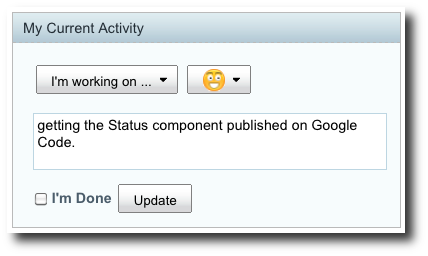Peter Monks (Alfresco), Russ Danner (Rivet Logic), and I have been working on compiling course content for the “Alfresco Best Practices” Masters Class that will be given at the Alfresco Community Meet-Ups around the world this Fall. I’m a bit worried, though. If you’ll forgive the somewhat graphic mixed metaphor, the three of us have done this huge brain dump and now we’re stirring it together in the hopes that we can firehose the audience and have some of it stick. There’s just a lot of stuff to cover in very little time. (I’m sure between now and then we’ll get it to be less of a hose down. And, whatever we don’t get to in the session will be made available online for your reference).
Our plan for the talk is to cover the material in the same conceptual order that your implementation will go through. We’ll start by understanding the most common business use cases for Alfresco. Then we’ll talk about the pieces of Alfresco that you have to work with, and sort of line those up against the common use cases. From there, we’ll dive in to best practices for each of the pieces, roughly in order that you’d touch them (start with content modeling, move to writing code, then deployment, then keeping everything running). We’re going to share best practices on extensions, UI customizations, WCM, Surf, backup/restore procedures, and on and on.
Hopefully, regardless of where you are in your implementation, you’ll be able to come away with at least a handful of tips, tricks, or things to avoid that will make your project more successful.
Russ will deliver the material in Washington, D.C. and I’m taking Atlanta and L.A. I’ll also be in D.C. to steal ideas from Russ’ delivery that I can pass off as my own. Toni de la Fuente will be giving the talk in Madrid (and translating the deck into Spanish). I’m not sure who’s delivering the material at the other European events.
In any case, I’m looking forward to it. If you’ll be attending any of the North American meet-ups, be sure to say hi.

